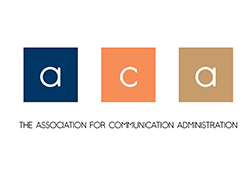Abstract
Over a decade ago, Oster-Aaland, Sellnow, Nelson, and Pearson (2004), following up an earlier survey published in JACA (Sellnow and Oster, 1999), found that communityengaged research and pedagogy had become an established part of the communication curriculum. As a special issue of Peer Review has suggested (Carey, 2017), interest in service learning has only grown, and the increasing emphasis on civic engagement and community development has clear implications for the communication discipline. Courses and projects that address pressing or emerging social problems not only raise students’ ethical awareness but also allow students to build research and professional skills that build a bridge between the classroom and their emerging professional identity (O’Hara, 2001; Novak, Markey and Allen, 2007; Simons and Cleary, 2010). But despite community-engaged learning’s reputation as a high-impact practice (Kuh, 2008), the questions that emerged in Oster-Aaland et al.’s study remain: How can community-engaged research and scholarship result in meaningful service? How can these experiences apply to a broad range of communication constructs and course contexts? How can these activities enhance not only students’ intercultural awareness but also their sense of social and ethical responsibility?
Recommended Citation
Maier, C. T. (2018). Building bridges on local soil: Locality and community-engaged research and pedagogy. Journal of the Association for Communication Administration, 37(1), 2-3.


